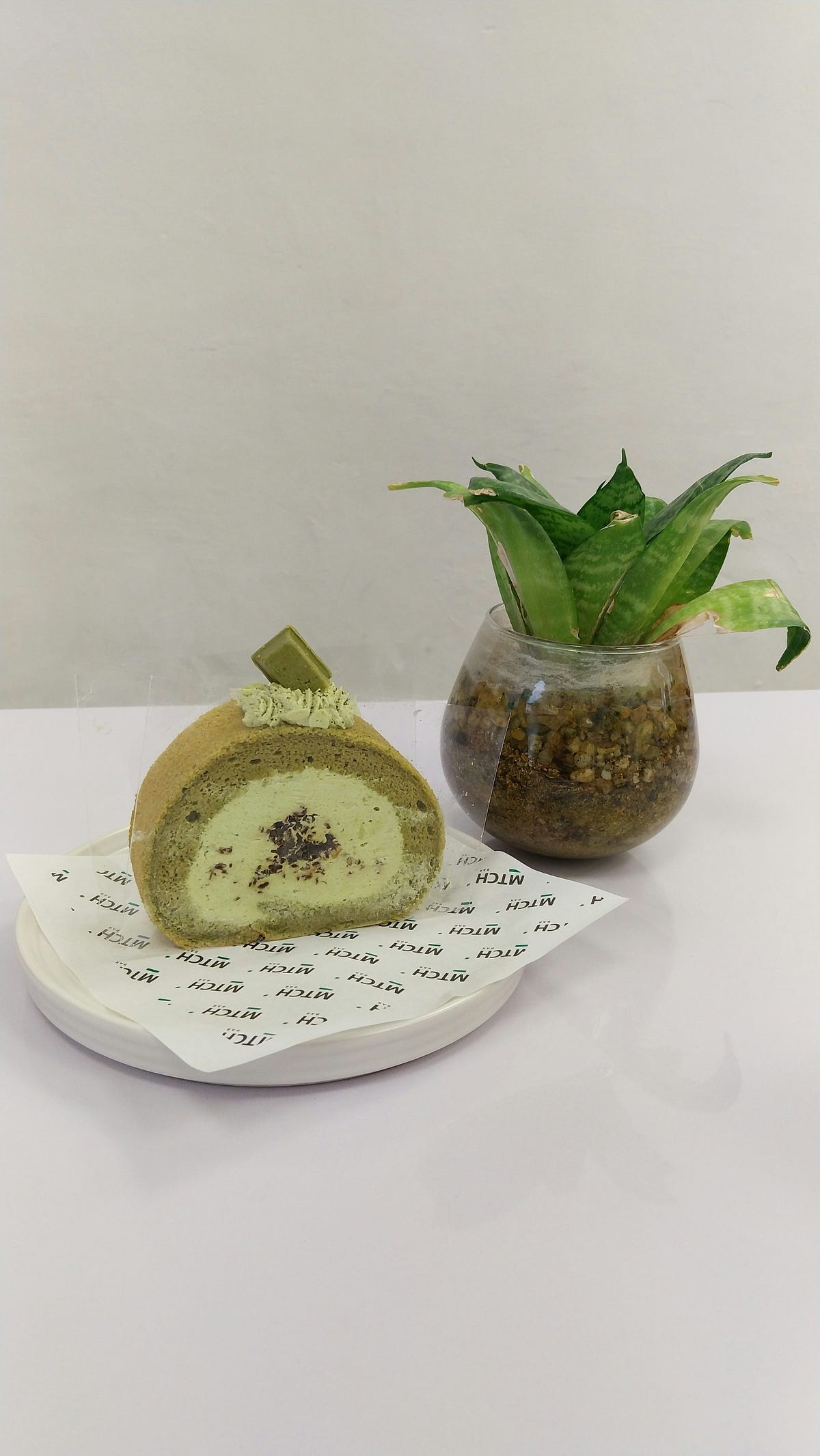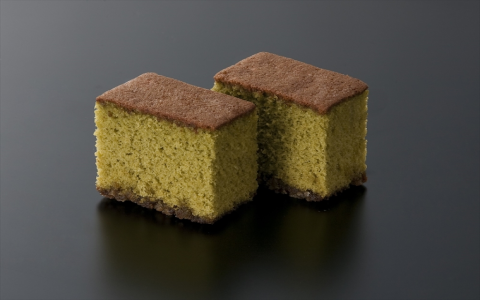In the realm of baking, where sweetness and creativity intertwine, the matcha cake stands as a testament to the harmonious fusion of East and West, tradition, and innovation. This delicate dessert, with its verdant hue and subtle, earthy flavor, is more than just a treat for the palate; it’s a journey through time and culture, celebrating the artistry of both tea and pastry.

Matcha, or powdered green tea, has long been revered in Japanese tea ceremonies for its calming effects and rich, umami taste. But in recent years, culinary artisans have embarked on a culinary adventure, transforming this ancient beverage into a modern baking sensation. The matcha cake, with its delicate balance of bitterness and sweetness, offers a unique twist on conventional desserts, appealing to those seeking a refined, less sugary experience.
Crafting a perfect matcha cake begins with meticulous preparation. The quality of matcha used is paramount; choose a premium, organic grade to ensure a vibrant color and authentic flavor. Sifting the matcha powder is crucial, as it eliminates any lumps, ensuring a smooth batter that bakes into a tender, evenly colored cake. This step, though often overlooked, is what separates an ordinary cake from a truly exquisite one. Imagine the fine texture of the sifted matcha powder as it cascades through the sieve, creating a soft, green snowfall that blends seamlessly into the batter.
One of the most intriguing aspects of baking a matcha cake lies in the color transformation. As the batter bakes, it undergoes a magical shift from a vibrant, emerald green to a softer, mossy hue, reminiscent of a forest after a light rain. This visual transformation adds an element of anticipation and wonder to the baking process, making every moment in the kitchen feel like a part of an alchemical ritual. Watching the cake rise in the oven, its color deepening and spreading like the first light of dawn, is a mesmerizing experience that turns baking into a meditative practice.
Innovation in matcha cake recipes has led to various interpretations, catering to diverse palates. Some bakers incorporate matcha into the frosting, creating a dual-toned delight where the cake’s interior contrasts beautifully with its exterior. Imagine a slice of cake with a soft, moss-green interior and a snowy, matcha-infused frosting that glistens under the light. Others infuse the batter with ingredients like white chocolate or coconut milk, enhancing the cake’s complexity while keeping it refreshingly light. The addition of these ingredients creates a symphony of flavors that dance on the palate, delighting the senses with every bite.
Moreover, the presentation of a matcha cake can elevate it from a dessert to an art piece. Decorating with edible flowers, gold leaf, or even a sprinkle of matcha powder can transform a simple cake into a visually stunning centerpiece for any gathering. Imagine a cake adorned with delicate, edible violets that complement the cake’s verdant hue, or a subtle touch of gold leaf that adds a touch of elegance and sophistication. The minimalist elegance of a matcha cake speaks volumes, resonating with those who appreciate simplicity and sophistication in their culinary experiences.

In essence, baking a matcha cake is an act of respect and creativity. It pays homage to the centuries-old tradition of matcha preparation while daring to push the boundaries of dessert making. Each bite is a journey through flavors and textures, a celebration of the delicate balance that makes life truly sweet. As you indulge in this harmonious blend of tea and cake, remember that it’s not just about the taste, but also the story it tells—a tale of cultural exchange, culinary exploration, and the beauty of blending the old with the new. The matcha cake is a dessert that invites you to savor the moment, to appreciate the artistry of baking, and to embrace the harmony that exists between tradition and innovation.













